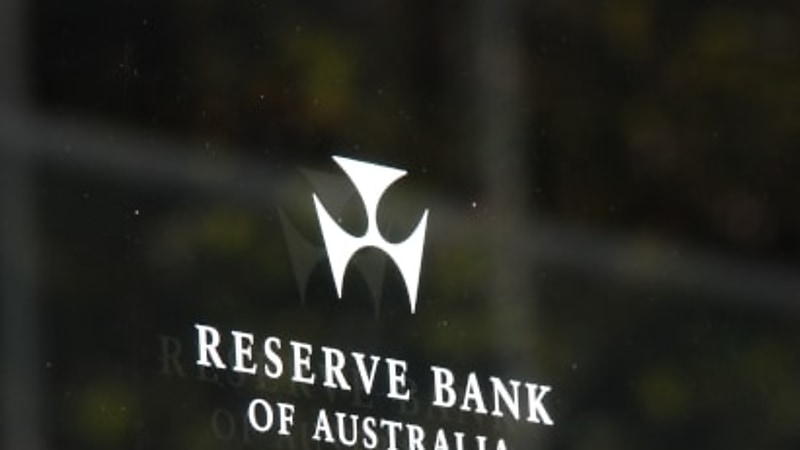Policy change in super could destabilise Australia’s financial sector: RBA
An unexpected policy change allowing for the early withdrawal of super could have a detrimental effect on Australia’s economic stability, according to the RBA.
In its Financial Stability Review for April, the Reserve Bank of Australia says the superannuation sector has tended to support financial stability in the past, but it also has the potential to amplify stresses in the financial system in rare circumstances.
The review said that as the superannuation sector is now a large participant in key financial markets, liquidity challenges for the broader financial system could arise in the event of large shocks to the superannuation sector.
One scenario, the review said, could be where the sector was unexpectedly exposed to drains on liquidity, such as an unexpected policy change allowing additional member withdrawals in a crisis and payments related to foreign exchange hedges during a significant decline in Australian dollar at a time where selling securities to raise liquidity disrupted market functioning.
“The superannuation sector has in the past generally displayed a high level of resilience and funds’ activities have tended to support financial stability,” the review read.
“While the sector supports long-term capital formation in Australia and has previously been a supplier of liquidity to the system in periods of financial stress, the growth and size of the sector now introduces the potential for it to amplify stress if several extreme-but-plausible liquidity risks materialised simultaneously.”
Growth in the superannuation sector also exposed it to the risk of operational disruptions, and regulatory authorities such as ASIC and APRA needed to ensure there is continued strengthening of superannuation funds’ governance and liquidity and operational risk management practices.
“Financial system stress could be amplified if the superannuation sector faced severe liquidity stress. APRA-regulated funds rely on member inflows and large buffers of liquid assets to manage potential cash outflows,” the RBA said.
“If several risks materialised simultaneously, these funds might be forced to secure liquidity in ways that could amplify financial market stress.”
The review said around 48 per cent of APRA-regulated funds’ assets were invested in foreign assets, much of which were protected against losses related to currency movements with foreign exchange hedges.
“A large, sustained decline in the Australian dollar could drain liquidity through margin calls and renewal of foreign exchange hedges. Similarly, increased member transfers between funds could cause the sector to sell assets to increase cash holdings as a buffer against future transfers,” it read.
“If system-wide early withdrawals and additional withdrawals from members in retirement were to occur abruptly and unexpectedly, for instance in a crisis, this could also create liquidity pressures for some funds.”
Net inflow of funds from members was expected to decline as the profile of members shifted towards retirement.
Additionally, the review found that SMSFs and the business sector are increasingly using non-bank lenders, which is continuing to grow its market share in the financial sector.
The RBA said even though it is still relatively small in size, non-bank lenders could contribute indirectly to systemic risk if banks responded to a loss of market share to non-banks by reducing their lending standards.








